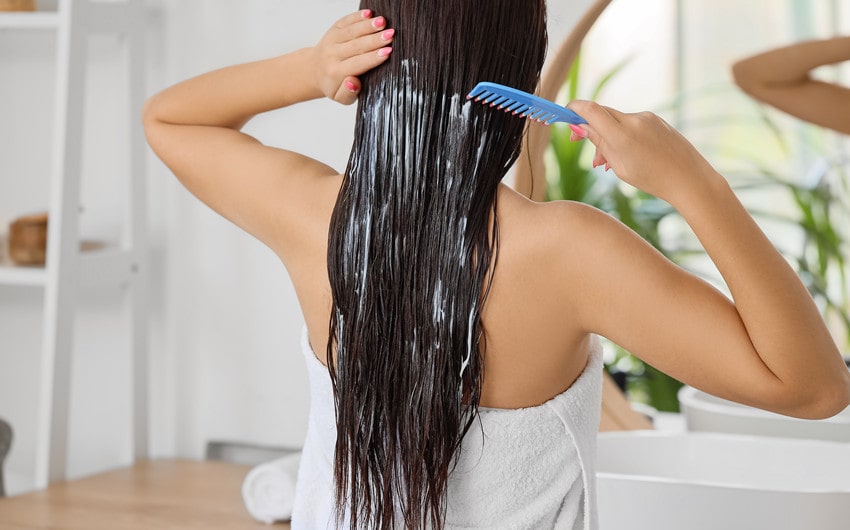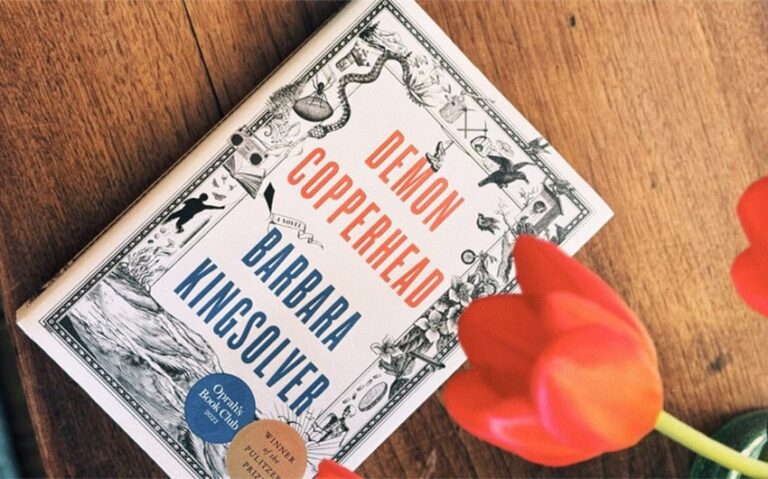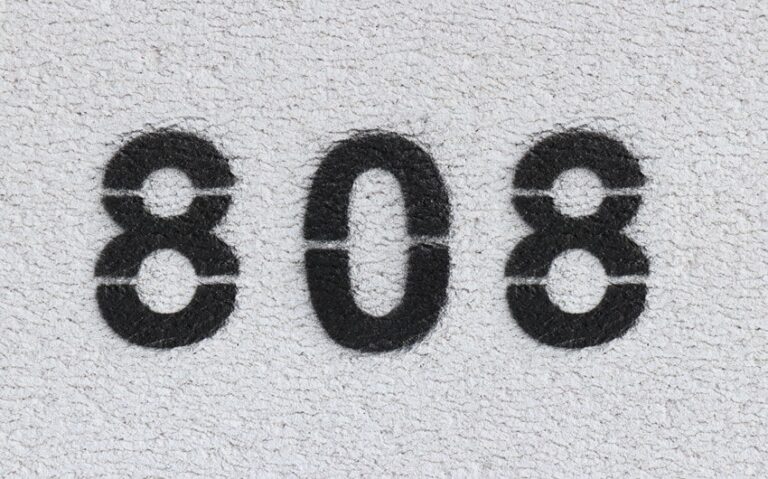How Long Can I Leave Conditioner in My Hair for Best Results
Conditioner is a key part of any hair care routine, helping to keep your hair smooth, moisturized, and manageable. But many people wonder, “How long can I leave conditioner in my hair?” The answer depends on the type of conditioner you’re using and your specific hair needs.
Whether you’re in a rush with a quick rinse-out or taking time for a deep conditioning session, knowing the right amount of time can make all the difference. Let’s explore the best practices for maximizing your conditioner’s benefits without causing any potential issues.
Types of Conditioner and Their Recommended Time
Conditioners come in various types, each designed for specific hair needs and offering different levels of hydration, nourishment, and protection. How long you should leave conditioner in your hair depends largely on the type you’re using. Understanding the purpose of each type will help you use it correctly to achieve the best results for your hair. Below are the three most common types of conditioners and their recommended timeframes for use.
1. Rinse-Out Conditioner (1-3 minutes)
Rinse-out conditioners are the most common type of conditioner used in daily or routine hair care. These conditioners are typically applied after shampooing to add moisture and detangle the hair, making it easier to manage. Rinse-out conditioners are formulated to work quickly, providing moisture and smoothing the hair cuticle without weighing it down.
How long to leave it in:
The ideal time to leave rinse-out conditioner in your hair is between 1-3 minutes. This allows enough time for the conditioner to coat the strands and deliver hydration, while ensuring it doesn’t sit too long, which can leave your hair feeling greasy or heavy.
Benefits:
- Instantly softens and detangles hair.
- Seals moisture into the hair cuticle.
- Reduces frizz and adds shine.
- Helps protect hair from damage and breakage.
Best for:
- People with normal to dry hair who need daily hydration.
- Busy individuals who need a quick hair care routine.
Tips:
- Focus on applying rinse-out conditioner to the mid-lengths and ends of your hair where dryness and damage are more likely.
- Use a wide-tooth comb or fingers to evenly distribute the conditioner, ensuring all strands are coated.
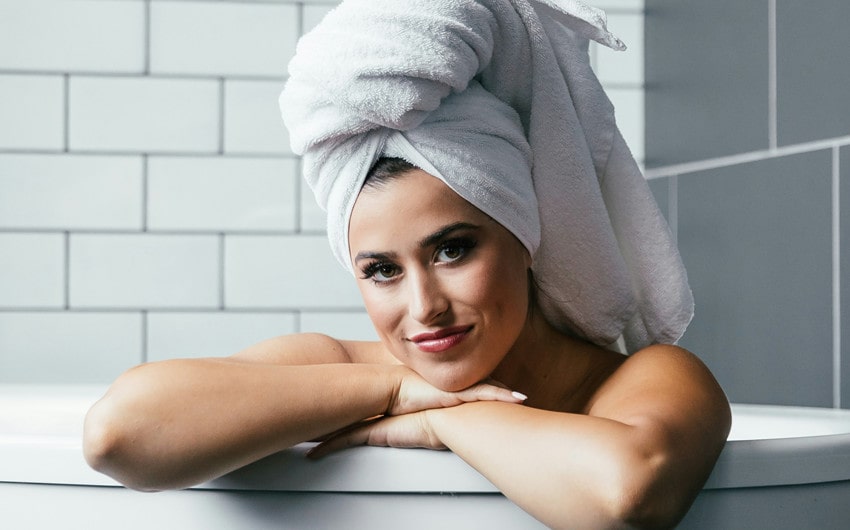
2. Leave-In Conditioner (No rinsing required)
Leave-in conditioners are designed to stay in the hair without being rinsed out, offering continuous hydration and protection throughout the day. These conditioners come in sprays, creams, or lotions and are typically applied to damp hair after washing. Leave-in conditioners are particularly beneficial for people with curly, dry, or damaged hair that needs extra moisture and control.
How long to leave it in:
Leave-in conditioners are meant to be left in the hair until your next wash. They don’t require rinsing and provide ongoing moisture and protection. You can apply them daily or after each wash depending on your hair’s needs.
Benefits:
- Provides long-lasting moisture and hydration.
- Helps reduce frizz, particularly for curly or wavy hair.
- Adds a layer of protection against environmental damage and heat styling.
- Improves manageability, making hair easier to style.
Best for:
- Curly, wavy, or textured hair that tends to be drier.
- Color-treated or heat-damaged hair that needs extra care.
- People who want added moisture and protection throughout the day.
Tips:
- Apply leave-in conditioner on damp, towel-dried hair for the best results.
- Avoid applying too much product near the roots, as it can make your hair feel heavy or greasy.
3. Deep Conditioner/Mask (10-30 minutes)
Deep conditioners or hair masks are designed to provide intensive moisture and repair. They typically contain richer ingredients such as oils, butters, and proteins that penetrate the hair shaft to restore strength, hydration, and elasticity. Deep conditioning treatments are ideal for people with damaged, brittle, or excessively dry hair.
How long to leave it in:
Deep conditioners are typically left in the hair for 10-30 minutes, depending on the product and your hair’s condition. The longer time allows the nourishing ingredients to penetrate deeper into the hair shaft, providing more intensive moisture and repair.
Benefits:
- Repairs damaged hair by replenishing lost moisture and proteins.
- Restores shine and softness to dry, brittle strands.
- Strengthens hair, reducing breakage and split ends.
- Enhances the overall health and elasticity of the hair.
Best for:
- Severely dry, damaged, or chemically treated hair.
- Hair that undergoes regular heat styling or color treatments.
- People looking for a periodic hair boost or deep hydration.
Tips:
- For best results, apply deep conditioner once a week or as needed.
- Use heat, such as a warm towel or shower cap, to help the product penetrate more deeply into the hair.
- Be sure to rinse thoroughly to avoid product buildup, which can make hair feel greasy or heavy.
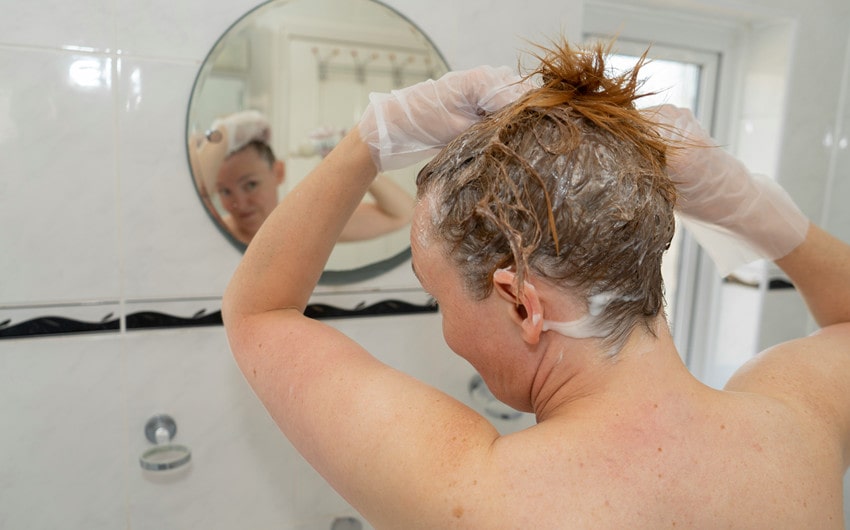
Can You Leave Conditioner in Your Hair for Too Long?
Conditioner is a vital part of any hair care routine, designed to provide moisture, nourishment, and smoothness to your hair. However, like anything else, using too much or leaving it on for too long can lead to problems. While it might seem like letting conditioner sit in your hair longer will boost its benefits, it can actually cause more harm than good.
Whether you’re using a regular rinse-out conditioner, a deep conditioner, or even a leave-in product, the general rule is that moderation is key. Let’s explore what happens if you leave conditioner in your hair for too long and how it affects your hair’s health.
1. Product Build-Up
One of the most common issues with leaving conditioner in for too long is product build-up. Conditioners contain oils, emollients, and moisturizing agents designed to coat the hair for a short period. When left for extended periods, these ingredients can accumulate on the surface of your hair, leading to build-up that makes your strands feel heavy, greasy, or weighed down. Over time, this can dull your hair’s natural shine and leave it looking flat, lifeless, and harder to manage.
Build-up can also make it difficult for other products to penetrate the hair shaft, reducing the effectiveness of treatments like leave-in conditioners, serums, or styling creams. In addition, excessive build-up can block moisture from reaching your hair, leaving your hair dry even after conditioning. It’s important to make sure you’re rinsing your hair thoroughly after conditioning to prevent this issue.
2. Greasy or Heavy Hair
Leaving conditioner in your hair for too long, especially products not meant for extended use, can result in hair that feels greasy or heavy. Conditioners are designed to be rinsed out after a few minutes, and if left in for longer periods, the oils and other moisturizing agents can cling to the hair shaft, leaving your hair looking oily, particularly at the roots. This is especially true for people with fine or thin hair, which tends to absorb product more easily and show greasiness more quickly.
Greasy hair not only looks unappealing but can also make your scalp feel uncomfortable and weighed down. The excess oils from the conditioner can mix with your scalp’s natural oils, making it seem like your hair is constantly dirty, even right after washing.
3. Over-Moisturizing and Weakened Hair
While moisture is crucial for maintaining healthy hair, over-conditioning can lead to “over-moisturizing” or “hygral fatigue,” a condition in which your hair becomes overly saturated with moisture. Hair that has absorbed too much water and moisture can lose its elasticity and strength. This makes the hair overly soft and prone to breakage or damage. The constant swelling and contracting of hair from absorbing too much moisture can weaken the hair cuticle, leading to split ends, frizz, and an overall limp texture.
In severe cases, over-moisturized hair may feel “gummy” or “mushy” to the touch and can be difficult to style or manage. It’s important to remember that balance is key—while moisturizing your hair is essential, there’s a limit to how much your hair can handle before it starts to show signs of over-saturation.
4. Scalp Irritation
Conditioner is primarily meant for your hair, not your scalp. If you leave it in for too long, particularly on your scalp, it can clog your hair follicles and lead to irritation. The scalp needs to breathe and maintain its natural oil balance, and leaving conditioner on it for extended periods can disrupt this balance. This can cause itchiness, flakiness, or even dandruff-like symptoms.
Additionally, clogged hair follicles can slow down hair growth and, in some cases, lead to temporary hair thinning or hair loss. Always focus your conditioner application on the mid-lengths and ends of your hair, where moisture is most needed, and avoid applying too much conditioner to the roots or scalp area.
5. Loss of Natural Volume
Leaving conditioner in for too long can weigh your hair down, causing a loss of volume and bounce. While conditioners are great for adding moisture and making your hair more manageable, they can flatten your hair if not rinsed out properly or left in too long. This is especially a problem for people with fine hair, which can easily lose volume if weighed down by too much product.
Hair that is weighed down by excess conditioner can also be harder to style. It may appear limp or fall flat, even after blow-drying or using styling tools. If you notice that your hair feels heavy or lacks its usual bounce after conditioning, it could be a sign that you’ve left the conditioner in too long or used too much product.
How to Avoid Leaving Conditioner in for Too Long
To get the most out of your conditioner without risking build-up or over-moisturizing, follow these simple guidelines:
- Follow recommended times: Always stick to the instructions on your conditioner’s label. Most rinse-out conditioners should be left in for 1-3 minutes, while deep conditioners typically require 10-30 minutes for maximum benefit.
- Focus on the ends: Your scalp naturally produces oils, so conditioner is generally needed most at the mid-lengths and ends of your hair. This also helps prevent build-up at the roots.
- Rinse thoroughly: Make sure you rinse your hair completely to remove all traces of conditioner, which will prevent the product from lingering and causing greasiness or build-up.
- Don’t leave overnight: Even deep conditioners or masks should not be left in overnight unless explicitly stated in the instructions. These products are formulated to provide intense hydration within a specific time frame and don’t need more time to be effective.
- Use sparingly for fine hair: If you have fine or thin hair, you may want to use conditioner sparingly and avoid leaving it in for too long, as your hair can become weighed down easily.

What Happens if You Don’t Leave Conditioner in Long Enough?
Conditioner plays a crucial role in nourishing and protecting your hair, helping to lock in moisture, detangle, and smooth the hair cuticle. But just as leaving conditioner in for too long can cause problems, not leaving it in long enough can lead to issues as well. Conditioning requires time for the ingredients to work effectively, and rushing the process can prevent your hair from receiving the full benefits. Let’s explore what happens when you don’t leave conditioner in your hair long enough and how it affects your hair health.
1. Insufficient Moisturization
The primary function of conditioner is to provide moisture to your hair, especially after shampooing, which can strip away natural oils. When you rinse conditioner out too quickly, your hair may not have enough time to absorb the moisture it needs. Conditioners contain ingredients like humectants, oils, and emollients that hydrate the hair, but they need a few minutes to penetrate the hair shaft and lock in moisture.
If you don’t leave conditioner in long enough, your hair may end up feeling dry and rough, as it hasn’t received sufficient hydration. This can be particularly noticeable for people with curly, coarse, or dry hair, which tends to need more moisture to stay manageable. The result? Hair that feels brittle, dull, and prone to breakage because it hasn’t been properly moisturized.
Solution: To avoid this, make sure to leave the conditioner in for the recommended time on the label, typically 1-3 minutes for rinse-out conditioners, to allow the hair cuticle to absorb moisture fully.
2. Lack of Detangling
One of the immediate benefits of conditioner is its ability to smooth the hair and make it easier to detangle. Conditioners work by coating the hair strands and softening the cuticle layer, reducing friction between strands and making it easier to comb through your hair without causing breakage. If you rinse out the conditioner too quickly, it may not have enough time to provide this slip, leaving your hair tangled and harder to manage.
Tangled hair not only feels frustrating but also increases the likelihood of breakage and split ends when you try to comb through it. This is especially problematic for people with curly or long hair, which can tangle easily without sufficient conditioning.
Solution: Let the conditioner sit in your hair for a few minutes to allow it to coat each strand, making it easier to detangle with a wide-tooth comb or your fingers before rinsing.
3. Frizz and Lack of Smoothness
Conditioner smooths the outer layer of your hair, known as the cuticle, which helps prevent frizz and enhances shine. When the cuticle is flattened and sealed by conditioner, it reflects light more easily, giving your hair a smoother and shinier appearance. However, if you rinse the conditioner out too quickly, it doesn’t have enough time to seal the cuticle properly.
As a result, your hair may appear frizzier and less smooth because the cuticle remains slightly lifted or rough. Frizz is particularly common in humid environments or with hair that is naturally dry or curly. By not leaving conditioner in long enough, your hair is more susceptible to absorbing moisture from the air, leading to frizz.
Solution: Allow the conditioner to sit for a couple of minutes to fully smooth the cuticle and lock in moisture, resulting in sleeker, shinier, and more manageable hair.
4. Reduced Protection from Damage
Conditioners don’t just moisturize your hair—they also create a protective barrier that shields your strands from damage caused by heat styling, environmental factors (like UV rays and pollution), and mechanical stress (such as brushing or combing). If you don’t leave the conditioner in long enough, it may not provide an adequate protective layer, leaving your hair more vulnerable to damage.
For example, if you frequently use heat styling tools like blow dryers, flat irons, or curling wands, your hair can easily become damaged without enough conditioning to act as a buffer. Similarly, exposure to harsh environmental conditions, such as the sun or wind, can weaken your hair if it isn’t properly conditioned.
Solution: Ensure that you’re allowing the conditioner enough time to coat and protect each strand from external damage. This is especially important for those who frequently use heat styling tools or have color-treated or damaged hair.
5. Incomplete Absorption of Nutrients
Many conditioners contain beneficial ingredients like proteins, vitamins, and oils that help repair and strengthen the hair. However, these nutrients need time to be absorbed by the hair shaft. When you rinse conditioner out too quickly, your hair may miss out on these nourishing benefits, making it more difficult for your hair to repair itself from damage or to maintain overall health.
Without sufficient time, conditioners that contain proteins designed to strengthen the hair or oils meant to moisturize deeply can’t penetrate the hair shaft as effectively. This can leave your hair feeling weak, dry, or lacking in vitality.
Solution: Follow the product’s recommended time for maximum absorption of the active ingredients. This ensures that your hair gets the full benefit of the conditioner, including the vital nutrients that keep it healthy and strong.
6. Less Manageable Hair
Hair that hasn’t been conditioned properly can feel stiff, unruly, and difficult to style. Conditioner makes hair more pliable and easier to work with by softening and smoothing the strands. When you rinse conditioner out too quickly, your hair may not feel as soft or manageable, making it harder to style or control. This is particularly problematic if you struggle with flyaways or stubborn strands that don’t hold their shape well.
Hair that hasn’t been properly conditioned is also more prone to static, especially in drier environments. Without adequate conditioning, your hair may feel rougher to the touch and harder to manipulate into desired styles, whether you’re trying to achieve sleek straight looks or defined curls.
Solution: Give the conditioner time to work its magic and soften the strands so your hair is more manageable, easier to style, and holds its shape better throughout the day.
7. Missed Opportunity for Repair
For those who rely on deep conditioners or masks, leaving these treatments on for the right amount of time is critical. If you rinse them out too quickly, you miss out on their reparative properties, especially if you have damaged or chemically treated hair. Deep conditioners are formulated to deliver extra hydration and repair to the hair shaft, but this process takes time—typically 10-30 minutes, depending on the product.
Rushing through a deep conditioning treatment can prevent the formula from fully penetrating the hair, meaning it won’t have the time needed to repair broken bonds, strengthen weak areas, or provide intensive moisture where your hair needs it most.
Solution: Be patient and follow the recommended time for deep conditioning treatments, allowing the rich ingredients to fully penetrate and restore your hair’s strength and health.

